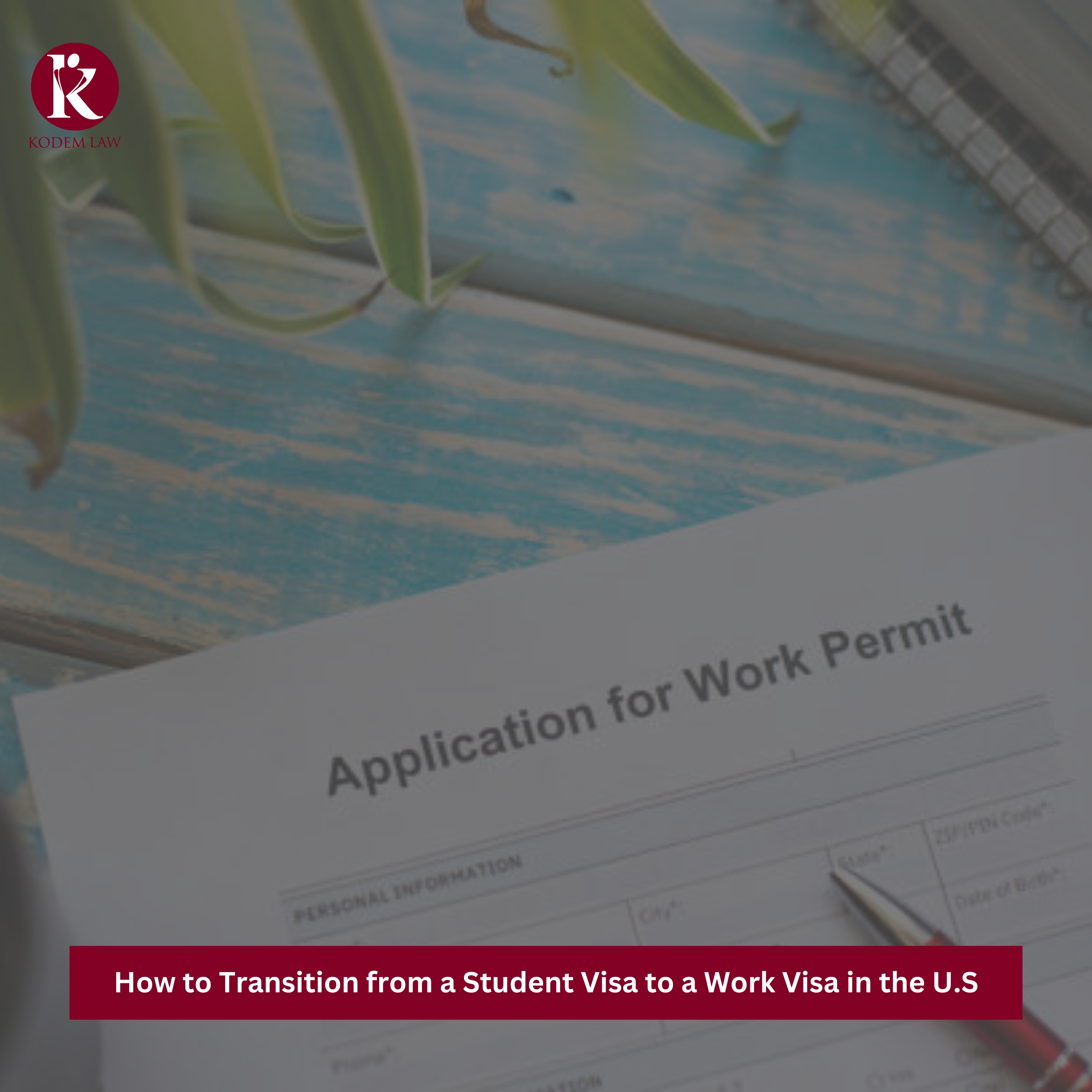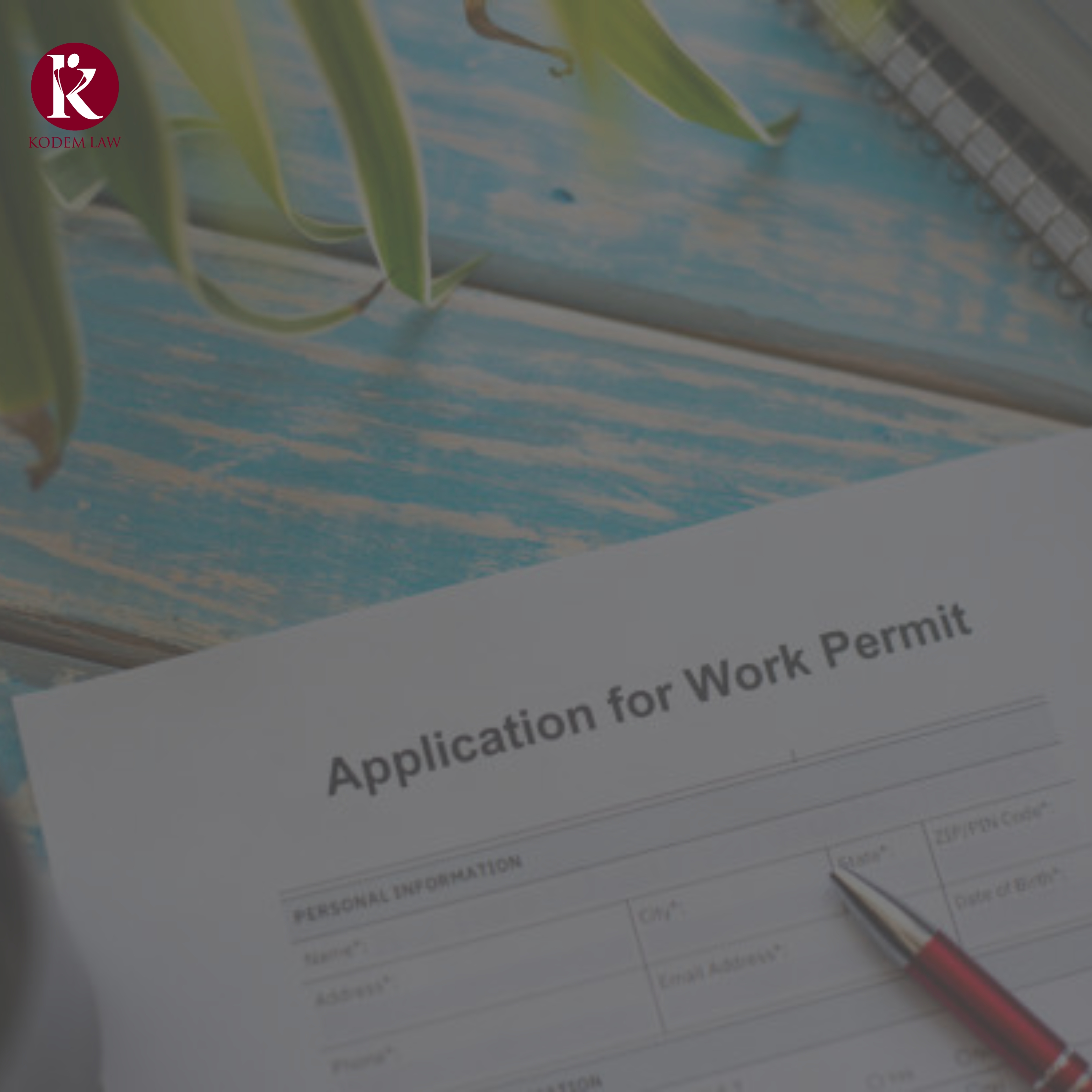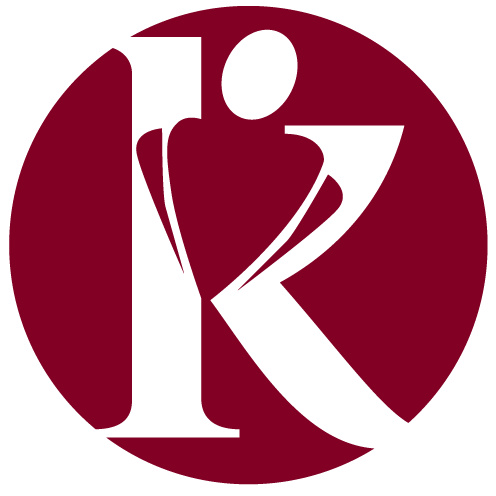
Transitioning from a student visa to a work visa in the U.S. can be challenging, but knowing your options is key for a smooth transition. This guide outlines the main visa types, the application process, and alternative pathways for securing work authorization. With this information, you will be better equipped to advance your career in the U.S.
Understanding Visa Types
F-1 Visa
The F-1 visa is a non-immigrant student visa allowing foreign nationals to study in the U.S. at an accredited institution. It is specifically for individuals enrolled in full-time academic or language programs. Key features of the F-1 visa include:
- Full-Time Study: Students must maintain full-time enrollment and adhere to their academic program’s requirements.
- On-Campus Work: Permits part-time employment on campus while school is in session.
- Off-Campus Work: Requires authorization from U.S. Citizenship and Immigration Services (USCIS) for any off-campus employment.
Optional Practical Training (OPT)
OPT allows F-1 visa holders to gain practical work experience related to their field of study for up to 12 months after graduation. STEM graduates can extend this for an additional 24 months. Key aspects include:
- Eligibility: Must complete a degree from an accredited U.S. institution and apply for OPT before or within 60 days of completing your program.
- Application: File Form I-765 with USCIS and obtain an Employment Authorization Document (EAD).
- Purpose: Provides practical experience in your field of study.
STEM OPT Extension
For students with degrees in STEM fields, the STEM OPT extension allows an additional 24 months of work authorization beyond the initial 12-month OPT period, resulting in a total of 36 months of OPT.
Exploring Optional Practical Training (OPT) and STEM OPT Extension
Eligibility Criteria for OPT
- F-1 Status: Maintain valid F-1 student status.
- Degree Completion: Have completed or be completing a degree from an accredited U.S. institution.
- Application Window: Apply within the specified timeframe, either before completing your degree or up to 60 days post-graduation.
- Field of Study: Employment must be directly related to your field of study.
How to Apply for OPT
- Preparation: Ensure your Form I-20 is updated with an OPT recommendation from your Designated School Official (DSO).
- Application Timing: You can apply up to 90 days before completing your degree or within 60 days after graduation.
- Form Submission: Complete and submit Form I-765 (Application for Employment Authorization) to USCIS, along with the required documentation and fees. This includes your Form I-20 with the OPT recommendation, a copy of your passport, visa, and recent passport-style photos.
- Approval: Once USCIS processes and approves your application, you will receive an Employment Authorization Document (EAD) card.
- Employment: Begin working once you receive your EAD card, making sure that the job is related to your field of study.
Eligibility Criteria for STEM OPT Extension
STEM OPT Extension refers to For students in Science, Technology, Engineering, or Mathematics (STEM) fields, the STEM OPT Extension provides an additional 24 months of work authorization beyond the standard OPT period. The eligibility criteria is as follows:
- Degree Requirement: Must have completed a degree in a designated STEM field from a U.S. institution.
- Employer Requirement: The employer must be enrolled in the E-Verify program and provide training related to your field of study.
- Current OPT Status: Must be currently on OPT and working for an eligible employer.
How to Apply for STEM OPT Extension
To apply for a STEM OPT Extension, follow these steps:
- Preparation: Make sure your Form I-20 is updated with a STEM OPT recommendation from your Designated School Official (DSO).
- Form Submission: Complete and submit Form I-765 for the STEM OPT extension to USCIS. Include the correct application fee and required documents.
- Supporting Documents: Provide an updated Form I-20, a copy of your current EAD card, proof of your STEM degree, and your employer’s E-Verify Company Identification Number.
- Approval: Once USCIS processes and approves your application, you will receive an updated EAD card extending your OPT period by an additional 24 months.
Importance of Securing OPT Before Transitioning to a Work Visa
- Work Authorization: OPT provides immediate authorization to work in your field of study, allowing you to gain valuable experience while preparing to transition to a long-term work visa.
- Transition Period: OPT and the STEM OPT extension act as a bridge between your student status and full-time employment under a work visa, helping you avoid any gaps in employment.
- Employer Sponsorship: With OPT, you can begin working with potential employers who may later sponsor you for an H-1B or another work visa.
- Experience Accumulation: Gaining practical experience during your OPT and STEM OPT periods enhances your resume and makes you a more competitive candidate for work visas.

H-1B Visa and Its Requirements
The H-1B visa is a non-immigrant visa that enables U.S. employers to temporarily employ foreign workers in specialty occupations. This visa is ideal for professionals with specialized knowledge and a bachelor’s degree or higher. Key requirements include:
- Specialty Occupation: The job must require specialized knowledge and a bachelor’s degree or equivalent in a specific field.
- Employer Sponsorship: The U.S. employer must sponsor the visa and file a petition with USCIS.
- Labor Condition Application (LCA): The employer must obtain an LCA from the Department of Labor, certifying that the employment conditions will not adversely affect U.S. workers.
- Application Process: Includes filing a petition, meeting annual cap limits, and possibly participating in a lottery system if the number of applications exceeds the cap.
Note: Understanding these visa types and their specific requirements will help you navigate the application process effectively and select the most suitable visa for your needs.
How to Apply for the H-1B Visa?
Transitioning from a student visa to an H-1B work visa involves a structured process. Here’s a step-by-step guide tailored to help you navigate this transition:
1. Secure Employer Sponsorship: Obtain a job offer in a specialty occupation that aligns with your field of study and ensure that your employer is eligible and willing to sponsor your H-1B visa.
2. Labor Condition Application (LCA): Your employer must file a Labor Condition Application (LCA) with the Department of Labor (DOL) to certify that the wage and working conditions meet U.S. standards.
3. Petition Filing: Your employer prepares and submits Form I-129, along with the approved LCA, supporting documents, and fees, to USCIS.
4. Participate in the Lottery: During the H-1B registration period, your employer submits an electronic registration to USCIS, and if applications exceed the cap, a lottery is conducted for selection.
5. Receive Receipt Notice: Receive Receipt Notice: After submission, USCIS issues Form I-797, confirming that your H-1B petition is under review.
6. Await Adjudication: USCIS reviews your petition, may request additional information, and will issue an approval or denial notice.
7. Visa Stamping and Consular Processing: If outside the U.S., schedule a visa interview at a U.S. consulate or embassy. Once your H-1B visa is issued, you can enter the U.S. and begin working with your sponsoring employer.
8. Begin Employment: Start your job on the date specified in the approved petition and visa documentation.
Cap-Gap Extension
The cap-gap extension is designed to bridge the gap between the end of an F-1 student’s authorized stay and the start of their H-1B employment. If you are an F-1 student with a pending or approved H-1B petition, the cap-gap extension allows you to remain in the U.S. and continue working if you are in OPT status. Here’s how it works:
- Eligibility: If you’re an F-1 student on OPT with a selected and approved H-1B petition, you qualify for the cap-gap extension.
- Duration: This extension typically covers the period from the end of your OPT until September 30, when your H-1B status begins.
- Automatic Extension: If your H-1B petition is approved, your F-1 status and OPT employment authorization are automatically extended until your H-1B employment starts.
Alternative Work Visa Options
If you’re not selected in the H-1B lottery or if you’re seeking other options, several alternative work visas might suit your needs. These include:
- E-3 Visa for Australians: Designed specifically for Australian citizens, the E-3 visa allows professionals to work in specialty occupations in the U.S. Similar to the H-1B, it requires employer sponsorship but has different application criteria.
- TN Visa for Canadians and Mexicans: Under NAFTA (now USMCA), Canadian and Mexican citizens can apply for the TN visa, which allows them to work in the U.S. in certain professional occupations. This visa is an excellent option for those meeting the specific requirements.
• H-1B1 Visa for Singaporeans and Chileans
The H-1B1 visa is a variant of the H-1B visa tailored for citizens of Singapore and Chile. It provides:
1. Separate Quota: 1,400 visas for Chileans and 5,400 for Singaporeans annually.
2. Simplified Process: Streamlined application compared to the H-1B.
3. Employment Terms: Valid for up to one year with the possibility of two one-year extensions.
4. Specialty Occupations: Like the H-1B, it allows for temporary employment in specialty occupations.
• O-1 Visa for Individuals with Extraordinary Abilities: The O-1 visa is designed for individuals who have exhibited extraordinary ability in fields such as science, arts, education, business, or athletics. Unlike many other visas, the O-1 visa has no annual cap, making it an excellent option for exceptionally skilled professionals seeking to work in the U.S.
Conclusion
Understanding your visa options and the application process is crucial for anyone looking to work in the United States. Whether you’re applying for OPT, the H-1B, or exploring alternative visas, being informed and prepared is the key to success. By leveraging professional help, you can navigate this complex process with confidence and focus on building your career in the U.S.
How Kodem Law Can Help You?
At Kodem Law, we specialize in navigating the U.S. visa landscape, offering personalized guidance tailored to your unique situation. Our team of experts can assist you with everything from selecting the right visa type to preparing a compelling application. With our support, you can avoid common mistakes, meet all deadlines, and increase your chances of securing the visa that best aligns with your career goals. The visa application process can be complex, with many nuances and potential pitfalls. Seeking professional help can significantly enhance your chances of success. Legal experts can guide you through the intricate procedures, ensuring that all requirements are met and that your application is as strong as possible.

